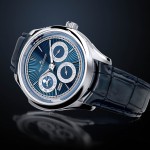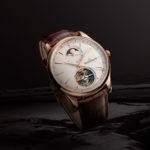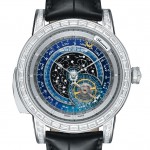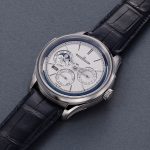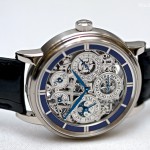Hands-On: Jaeger-LeCoultre Master Grande Tradition Tourbillon Céleste
Theatrical but tasteful.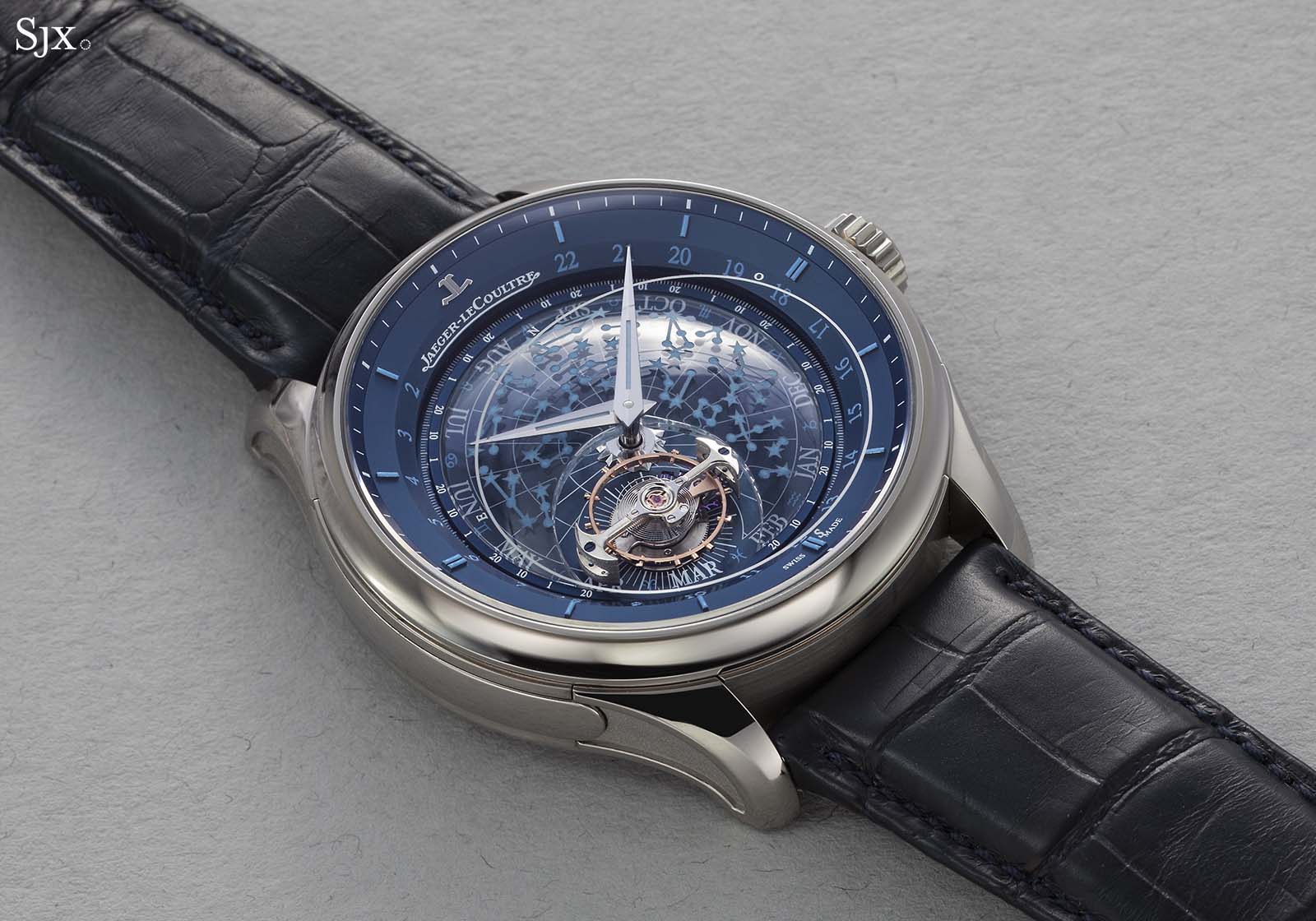
Jaeger-LeCoultre unveiled a trio of grand complications last year, a substantial number given how complex each watch is, although two of the three are powered by existing movements.
The Master Grande Tradition Répétition Minutes Perpétuelle (the only one equipped with a new calibre) and the Gyrotourbillon 3 Meteorite were launched first, and late in the year came the Master Grande Tradition Tourbillon Céleste to mark 15 years of partnership with the Venice International Film Festival.
Among the brand’s grand complications, the Tourbillon Celeste is one of the most interesting, boasting a quirky combinations of functions – an orbital, flying tourbillon calibrated for sidereal time as well as a star chart, and sidereal annual calendar. And it is also unusually high tech for a Jaeger-LeCoultre, with the movement being equipped with a silicon escape wheel and pallet fork.
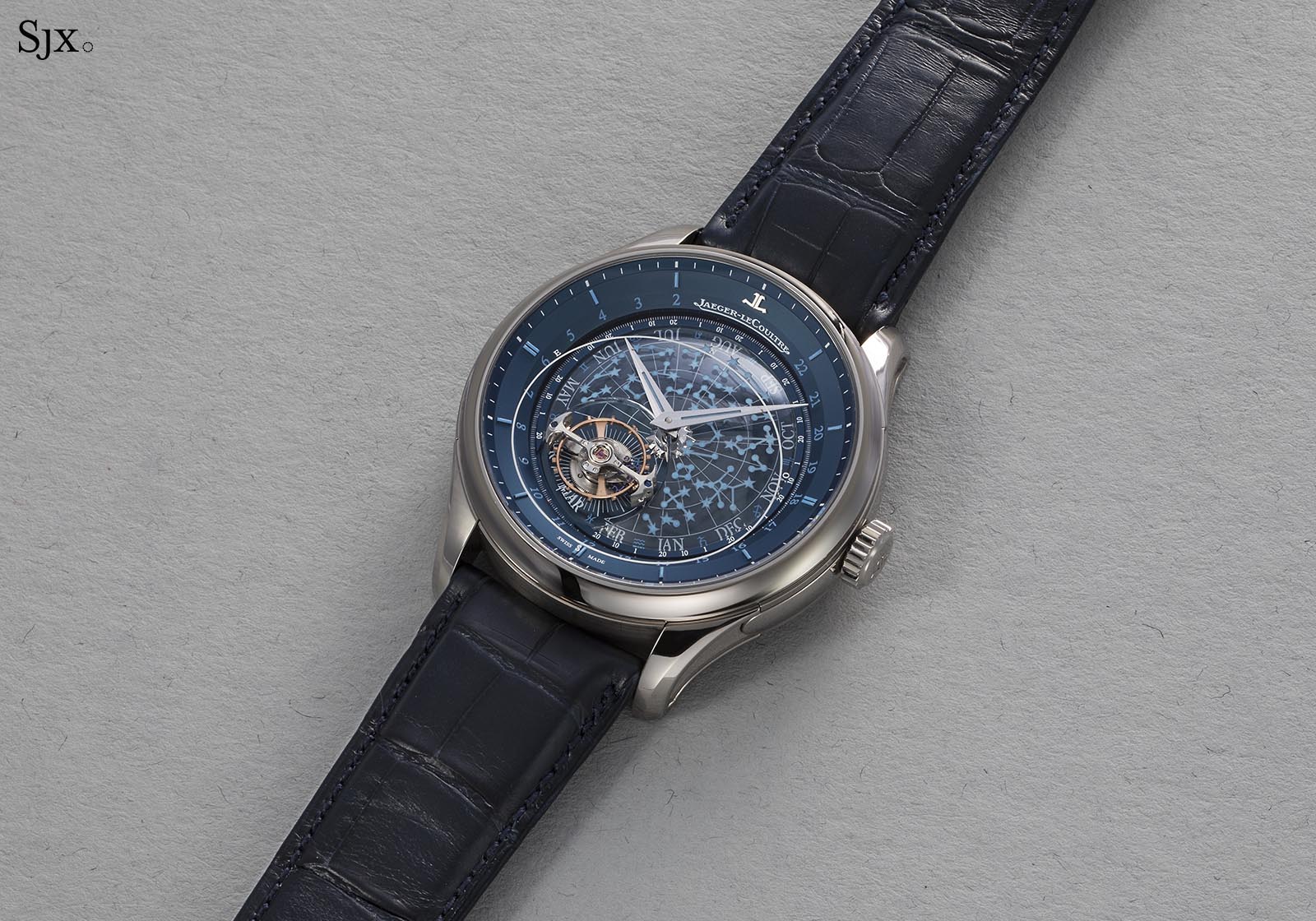
A simpler complication
As with most of Jaeger-LeCoultre’s recent grand complications, the movement in the Tourbillon Céleste is an iteration of an earlier calibre – something the brand has made a habit of in recent years, which is a bit of a shame given its rich history in movement development.
Specifically, the movement inside is a streamlined and simplified version of the more complicated Master Grande Tradition Grande Complication, which was launched in 2010 and also included a minute repeater. Being a separate module mounted on the case-back side of the movement, the repeater was subsequently removed in 2014, creating a new model that had a smaller and slimmer case.
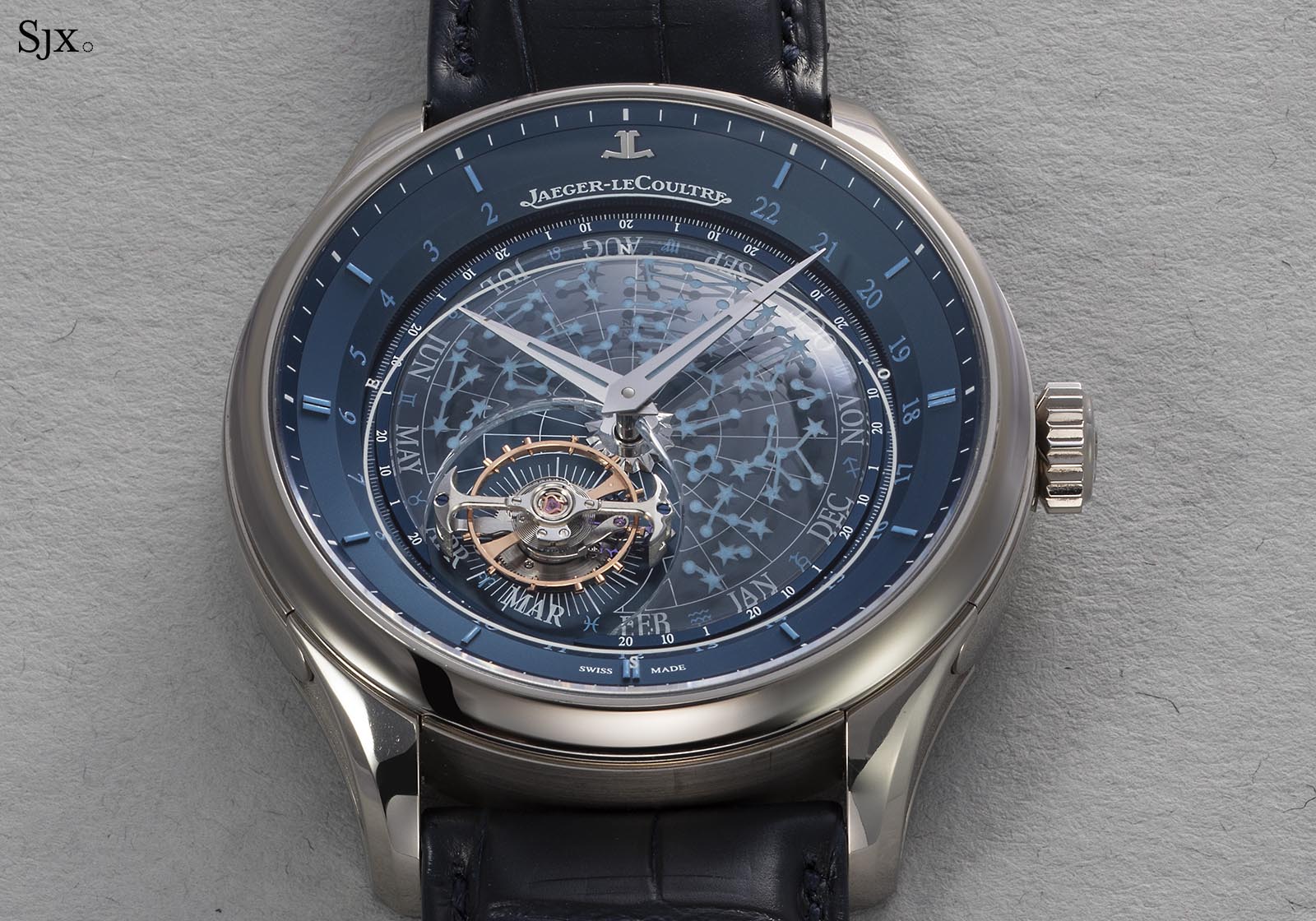
The present iteration measures 43 mm wide and 13.42 mm high – large but relatively slim given everything that’s going on inside.
Made of 18k white gold, the case is a recent style first used for the Répétition Minutes Perpétuelle. Design-wise, the case is complex, featuring many elements and surface finishes.
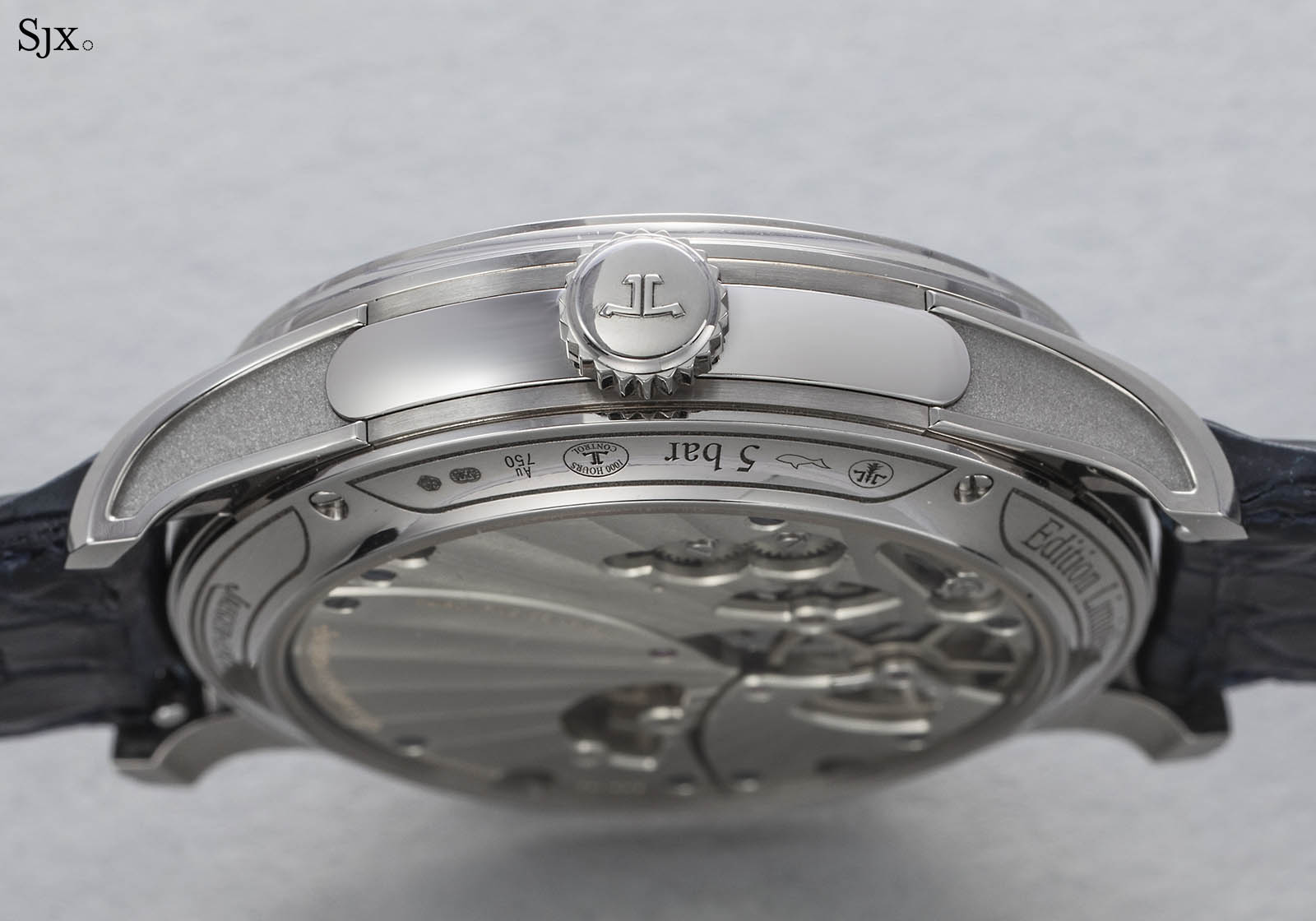
Unsurprisingly, it’s made up of 80 components with all surface finishes executed by hand. The recessed side of the lugs are sandblasted while the case band is satin-brushed. The concave bezel and top surface of the tapered lugs are all polished, which further draws attention to the dial.
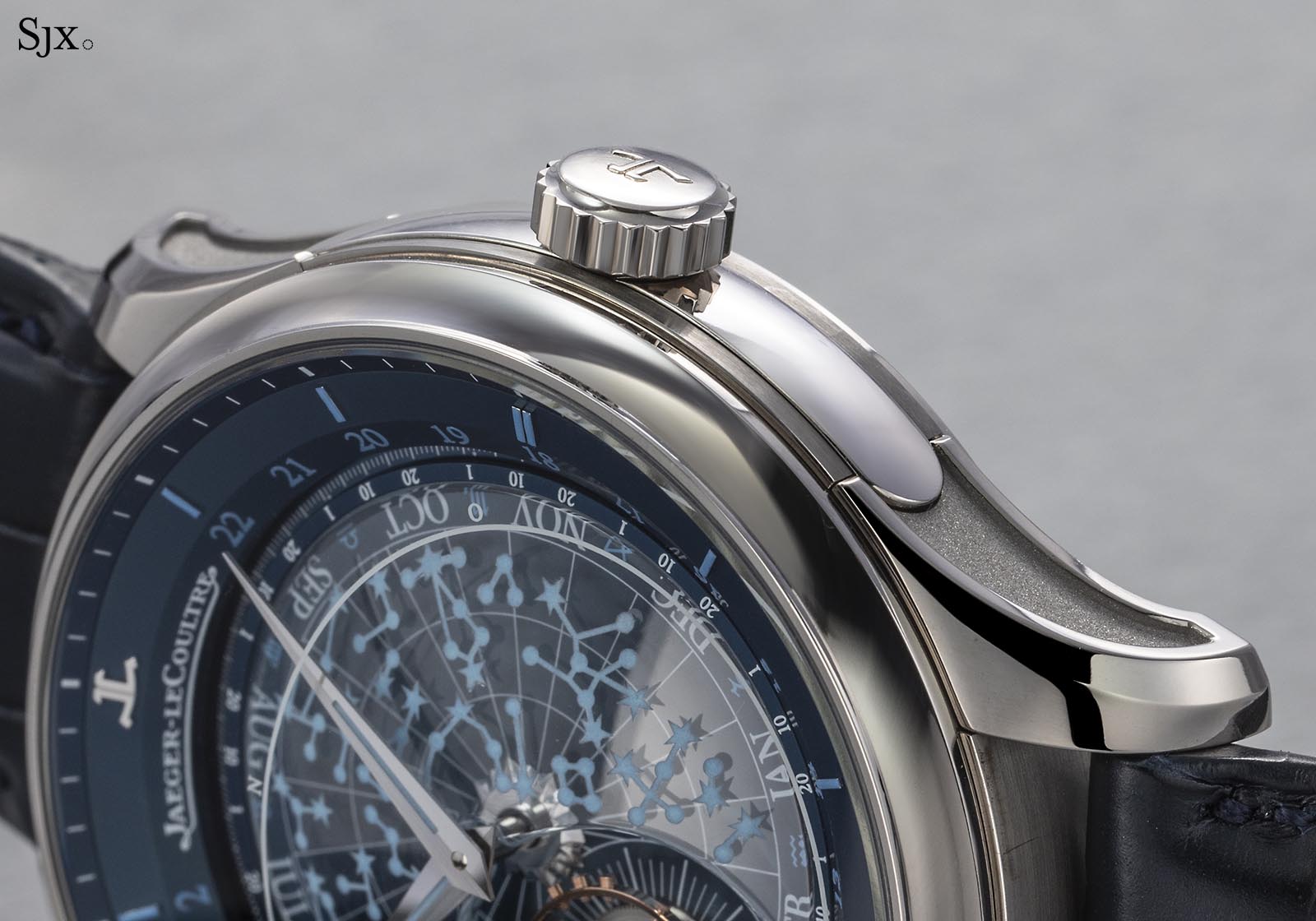
While such a complex multi-part construction allows for varied finishing, the design feels overwrought, as if the designers were trying too hard.
A consequence of the multiple-part case are the many visible joints between parts; the tolerances between the case components are not perfect, leaving the joints obvious. While the lengthwise joints are useful in creating the impression of a slimmer case, the vertical joints aren’t attractive and are often hidden or absent in watch cases.
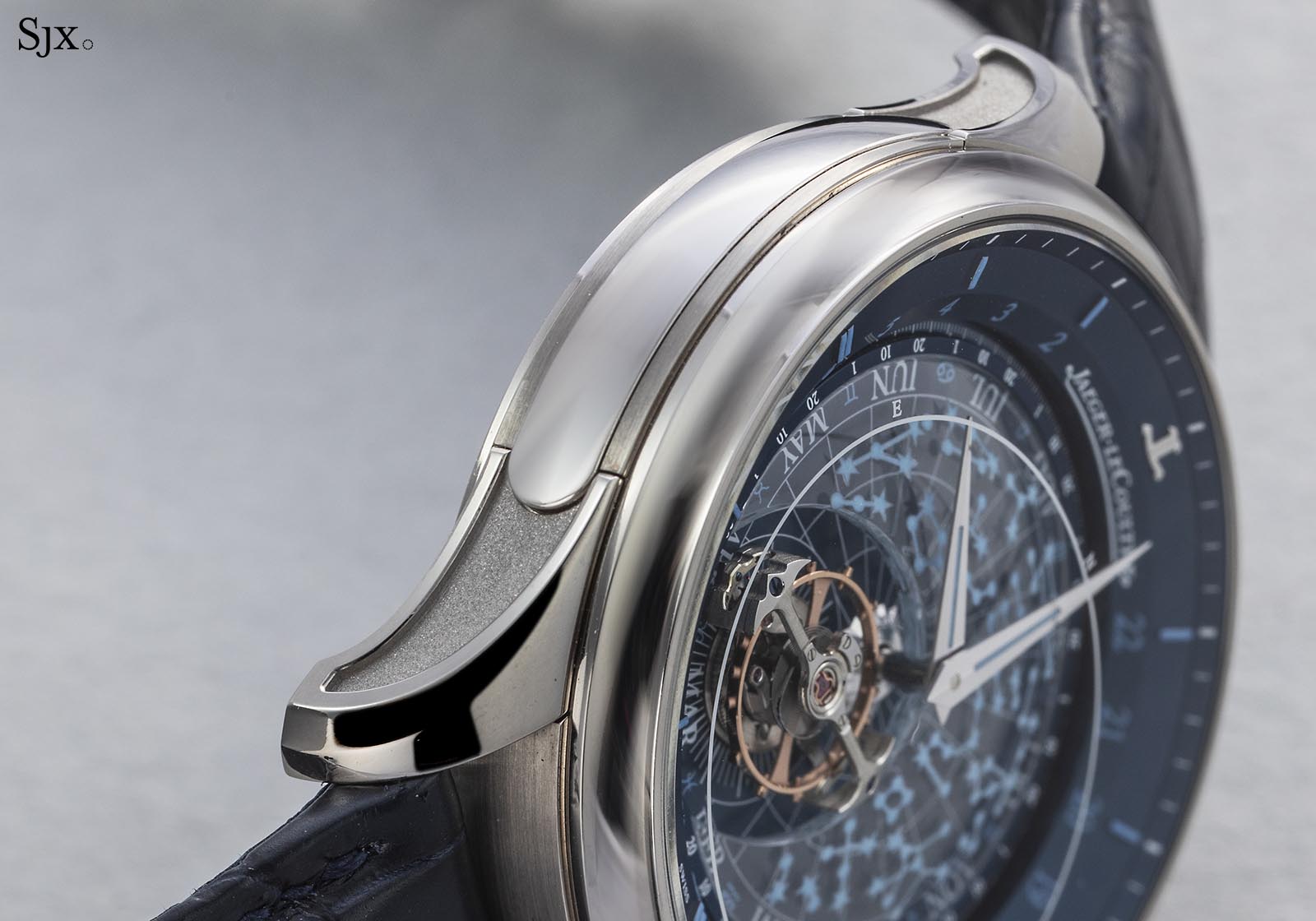
Astronomical display
The most beautiful and intriguing aspect of the watch is the dial, which has in its centre a celestial display of a star chart. It features constellations rendered in glow-in-the-dark Super-Luminova on a sapphire disc that shows the stars in the night sky in real time, as seen from the Northern hemisphere.
Contrary to the hands, the entire dial – star chart, flying tourbillon and annual calendar indicator – turns anticlockwise, the direction of motion for the stars when observed from the Northern hemisphere. It rotates counterclockwise every sidereal day – a little less than 24 hours – which is time measured according to the motion of the Earth relative to fixed stars, instead of the Sun.
Printed on the sapphire crystal is a large oval that represents the viewing horizon directly overhead when looking at the night sky. At the base of the canon pinion holding the hour and minute hands is a large star symbolising Polaris, the North Star that is almost in line with the Earth’s rotational axis and is the centre of rotation for the entire Northern sky.
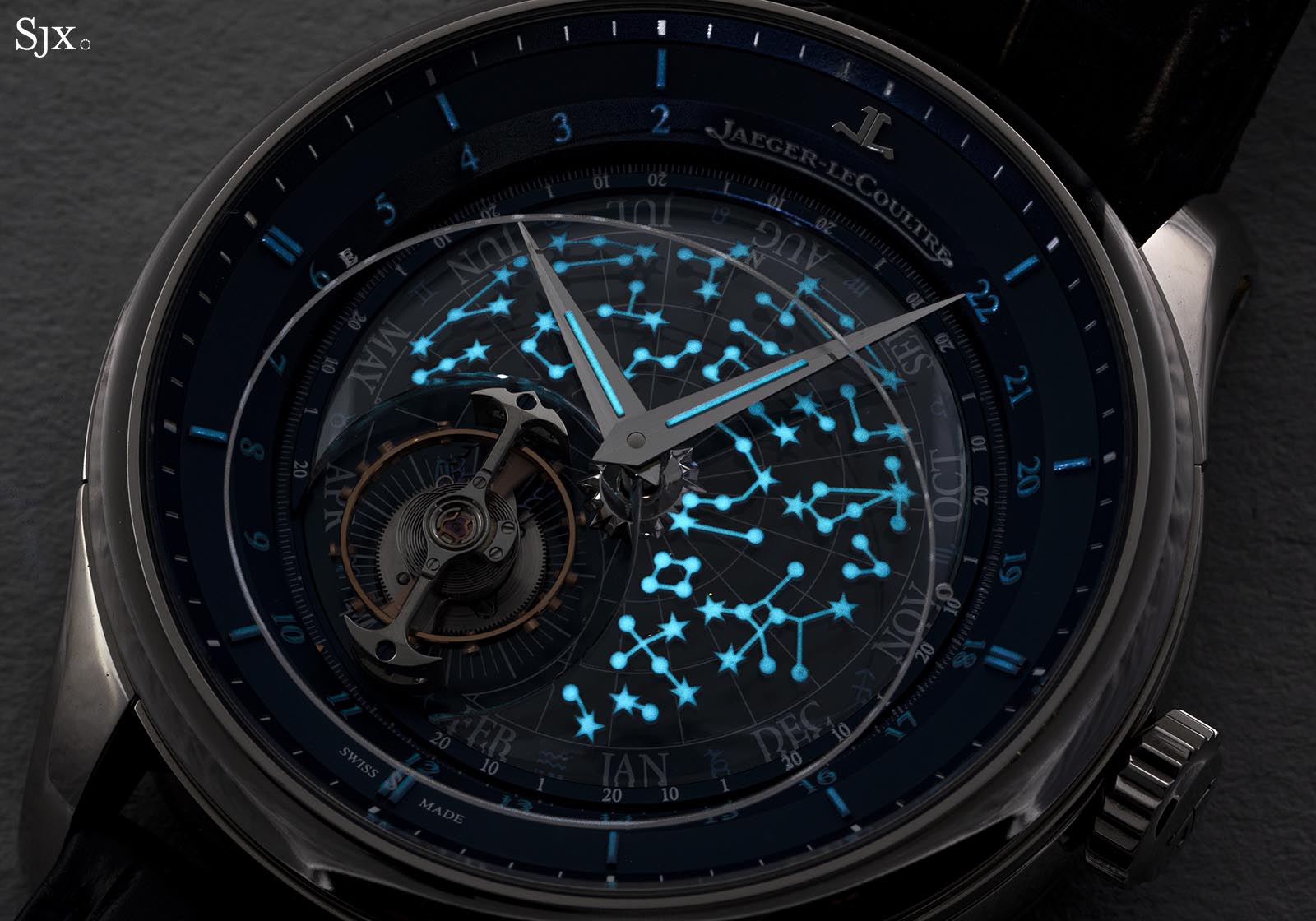
And incorporated into the dial is a sidereal annual calendar, indicated on a ring that makes one complete rotation in a sidereal year, slightly more than 365 days. Its outer ring has the months of the year, with a gold pointer to indicate the day of the month. The gold pointer inches forward to indicate the day after the disc completes one rotation every sidereal day. The day ring has 366 hashmarks, interspersed with white dots symbolising the first day of each month.
With sidereal time being of scientific rather than practical interest, coupled with the fact that the calendar is too small, the entire complication is intellectually interesting, but decorative rather than functional.

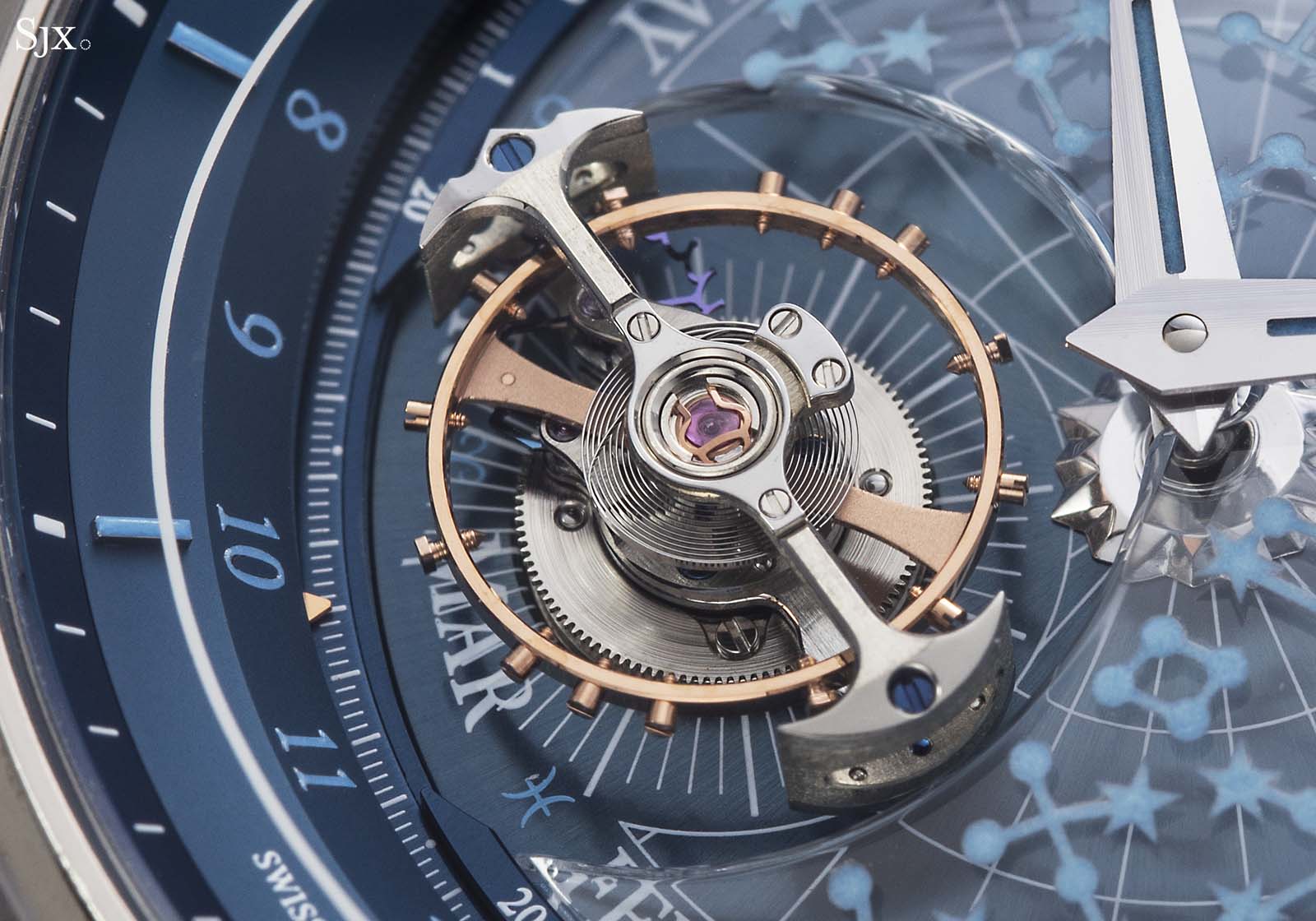
A gold pointer showing the day of the month
Amidst the constellations on the dial is an orbital, flying tourbillon.
Such orbital regulators emerged in 2001 when the Ulysse Nardin Freak and Swatch Diaphane One – both carrousel tourbillons – made their debut. They proliferated over the next two decades, growing more elaborate in style and gear ratios but constructed on the same mechanical principles.
And because the flying tourbillon sits on the dial itself, it makes one revolution a minute on its own axis, while also orbiting around the dial every sidereal day, or 23 hours, 56 minutes, and four seconds.
Thus the tourbillon rotates on two axes of rotation – its own and the central axis of dial. While the axes are separate, they are on the same plane, which means the regulator is not a double-axis tourbillon in the strictest sense of the term, which refers to twin cages rotating on different axes and planes. Instead, the construction is more accurately described as a tourbillon on a (sidereal) carrousel.
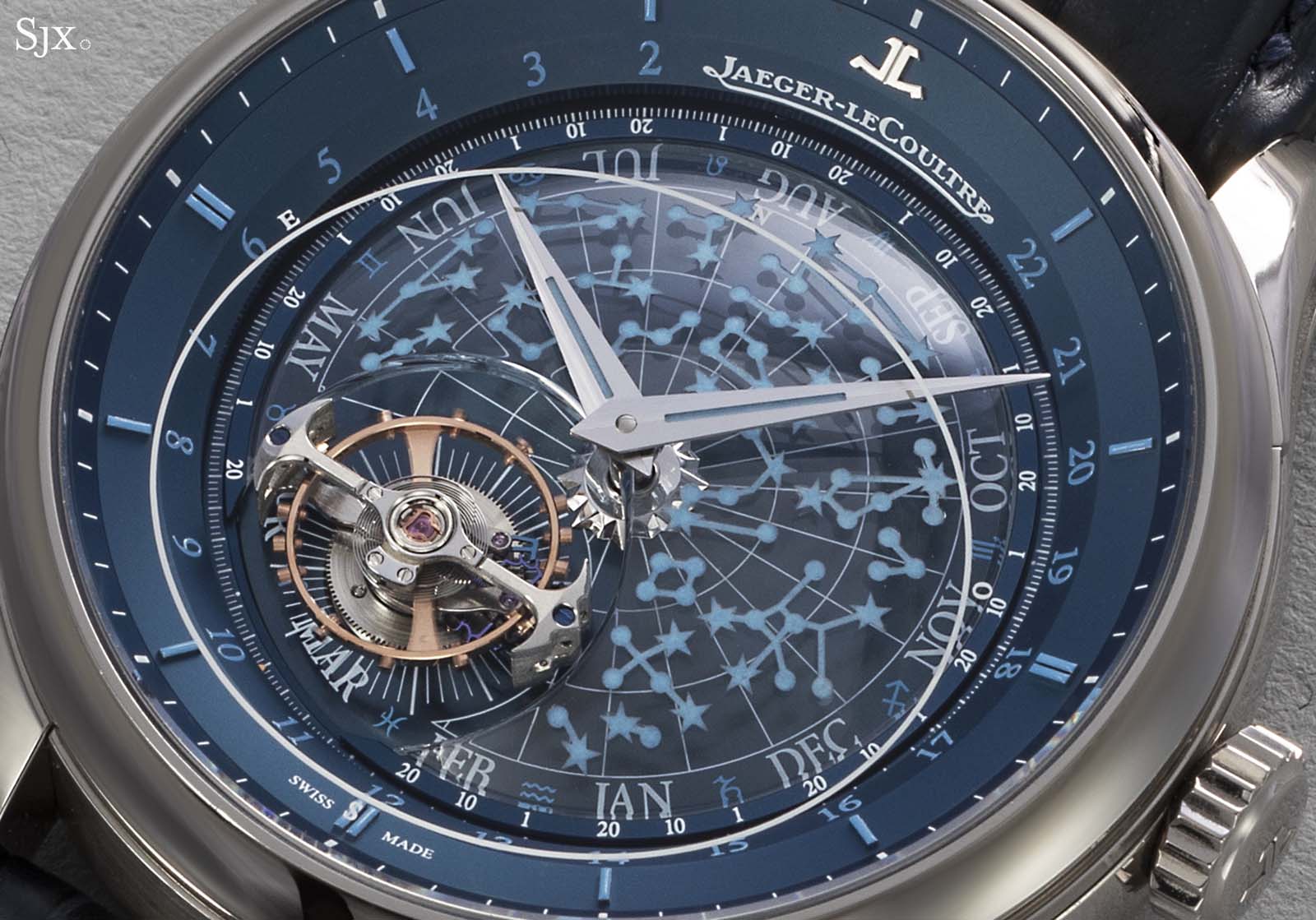
Tech and decor
Powering the watch is the hand-wound cal. 946. Because an orbital, flying tourbillon is energy-intensive – it is essentially an orbital disc that drags the flying tourbillon cage around while powering it – the balance wheel is necessarily small.
That means the mass of the balance is correspondingly small, which is why it oscillates at a higher-than-average frequency of 4 Hz, or 28,800 beats per hour, instead of the 3 Hz of most tourbillons.
The higher frequency offsets the reduced inertia of the balance to maintain more stable timekeeping. At the same time, the smallish balance means a fair power reserve of 45 hours.
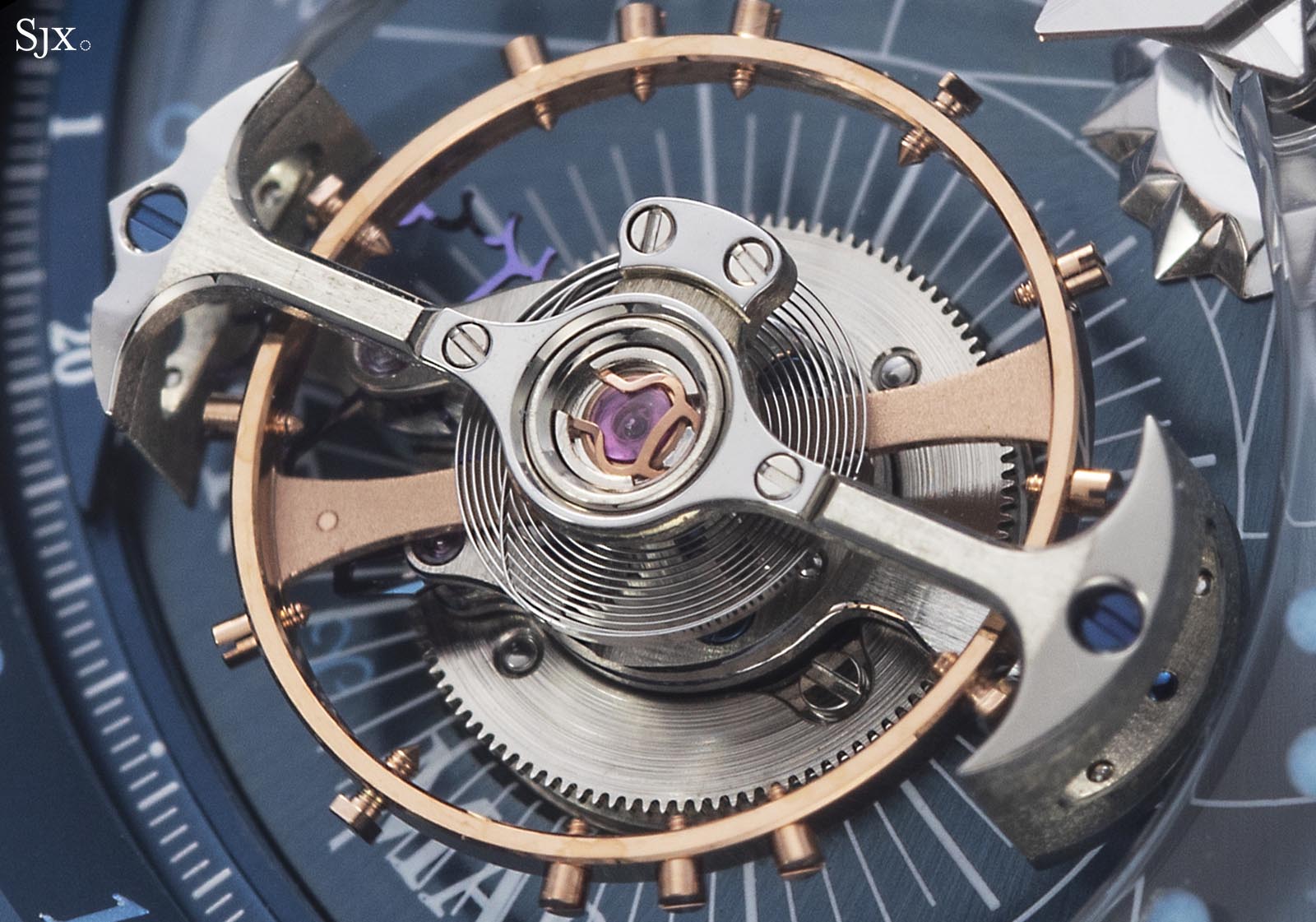
Another factor that contributes to the efficiency of the movement is the silicon escapement. Being less than a third the density of steel and possessed of a low coefficient of friction, silicon operates with little friction and energy loss.
The silicon pallet fork and escape wheel are, however, unusual in movements produced by brands owned by Richemont, the Swiss luxury group that also owns Cartier and A. Lange & Söhne. A handful of Richemont brands do use silicon components in their movements, but almost on an experimental basis, mostly in high-end complications produced in small numbers, like two recent offerings from Vacheron Constantin, Armillary Tourbillon and Twin Beat Perpetual Calendar.
This is because the research into using silicon in watch movements conducted by CSEM – the Swiss technical institute that developed silicon for use in watchmaking, pioneering the technology alongside Ulysse Nardin – was backed by Rolex, Patek Philippe and Swatch Group.
As a result, CSEM owns most patent related to silicon hairsprings, making them exclusive to the consortium. Silicon escapements, on the other hand, can be found in a wider range of brands, including small independent makers.
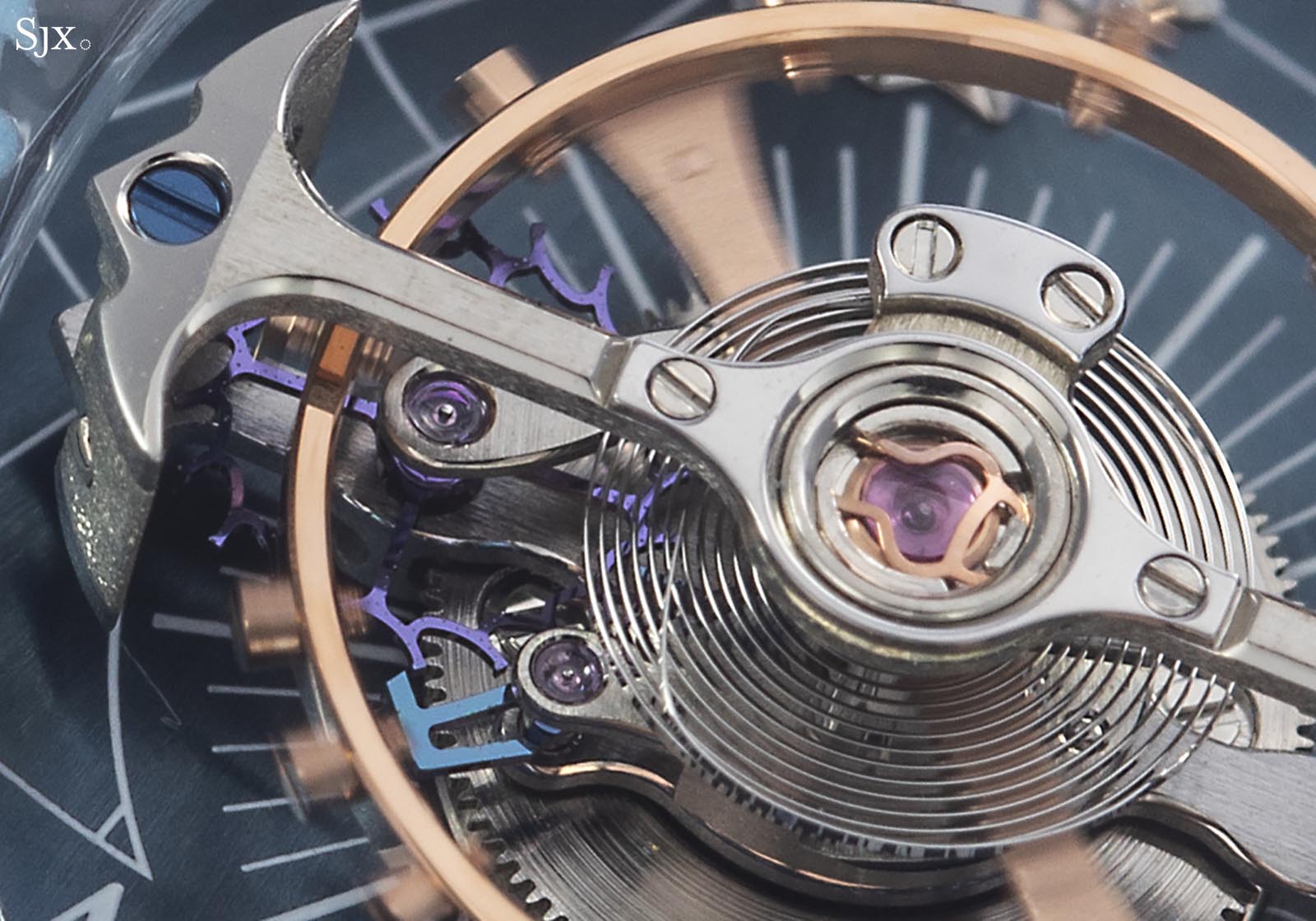
The silicon escape wheel and pallet fork readily identifiable due to their shiny, metallic colours of purple and blue
The rest of the movement is pretty much vintage Jaeger-LeCoultre. Unusually for such a complex movement, the view from the back is pretty plain, largely because the minute repeating mechanism present on the original iteration of the movement was removed.
As a result the back is dominated by three large bridges, made of German silver just like the base plate. Used in its natural state, the alloy has the characteristic honey tone of German silver.
The top surfaces of the bridges are decorated with radial Cotes de Geneve while the edges are polished and bevelled. Interestingly, the finish of the bevels appear to be a mix of machine- and hand-applied decoration, with the outer edges of the bridges seemingly given a final polish by hand, while the edges of the apertures within the bridges appear to be stamped going by the characteristic matte surface.
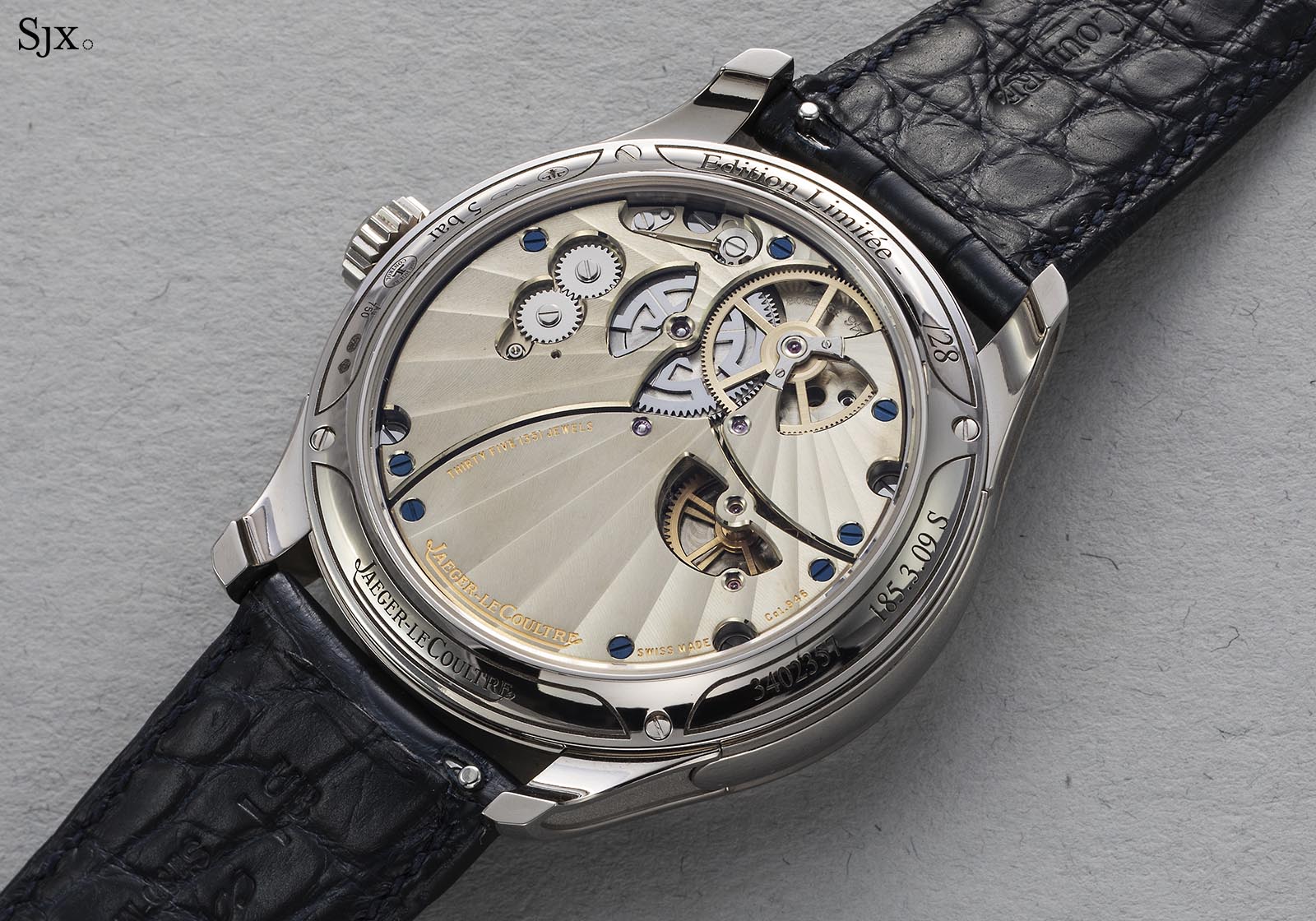
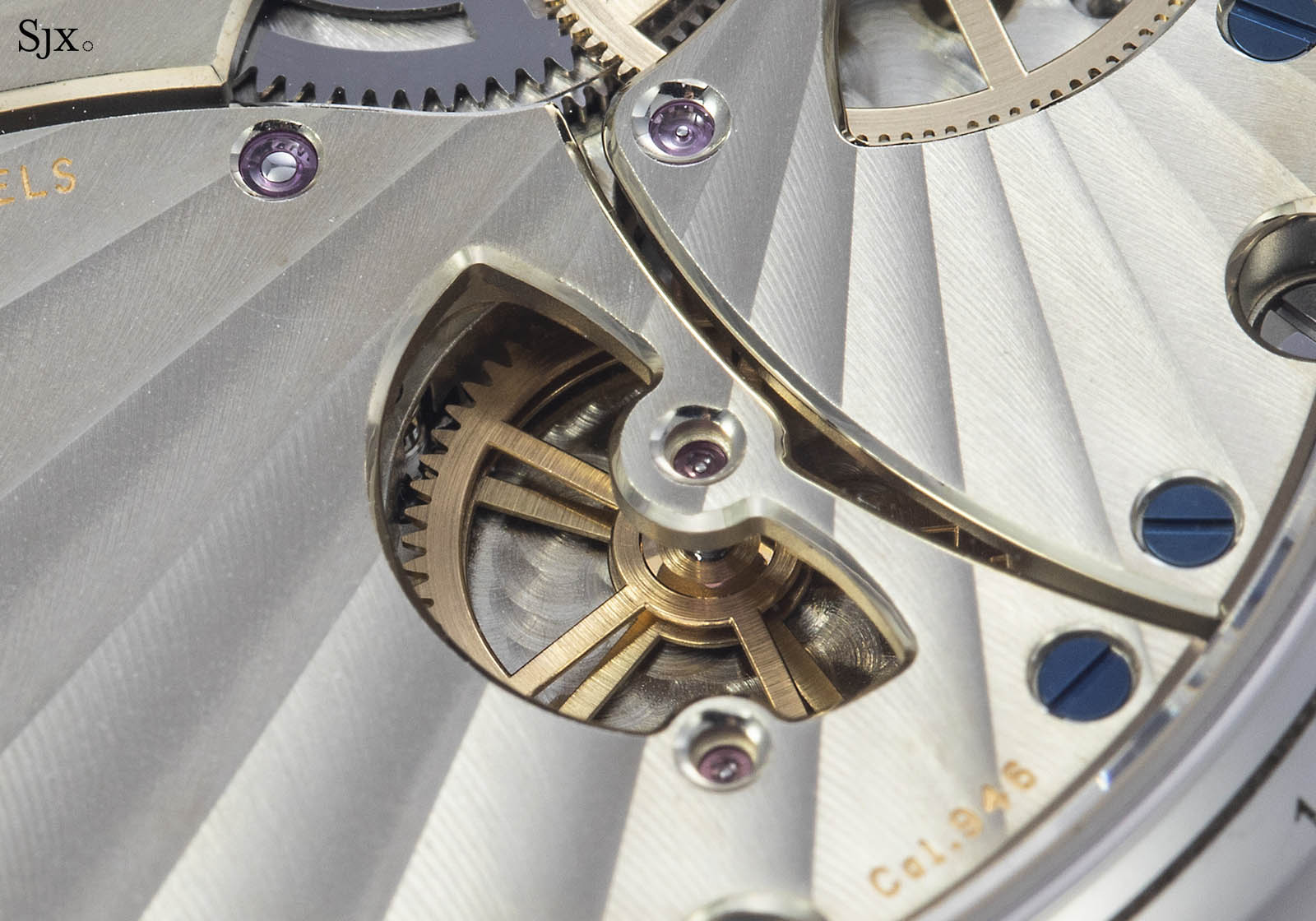
Amongst the details that are well done are the polished, bowl-shaped countersinks for the jewels and screws. Also worth noting are the spokes of the visible wheels that have been sharply finished with bevelled edges and rims. Oddly, the wheels are better finished than those in the recent Gyrotourbillon 3 Meteorite, a variation in finishing that is perplexing given the similar six-figure price range.
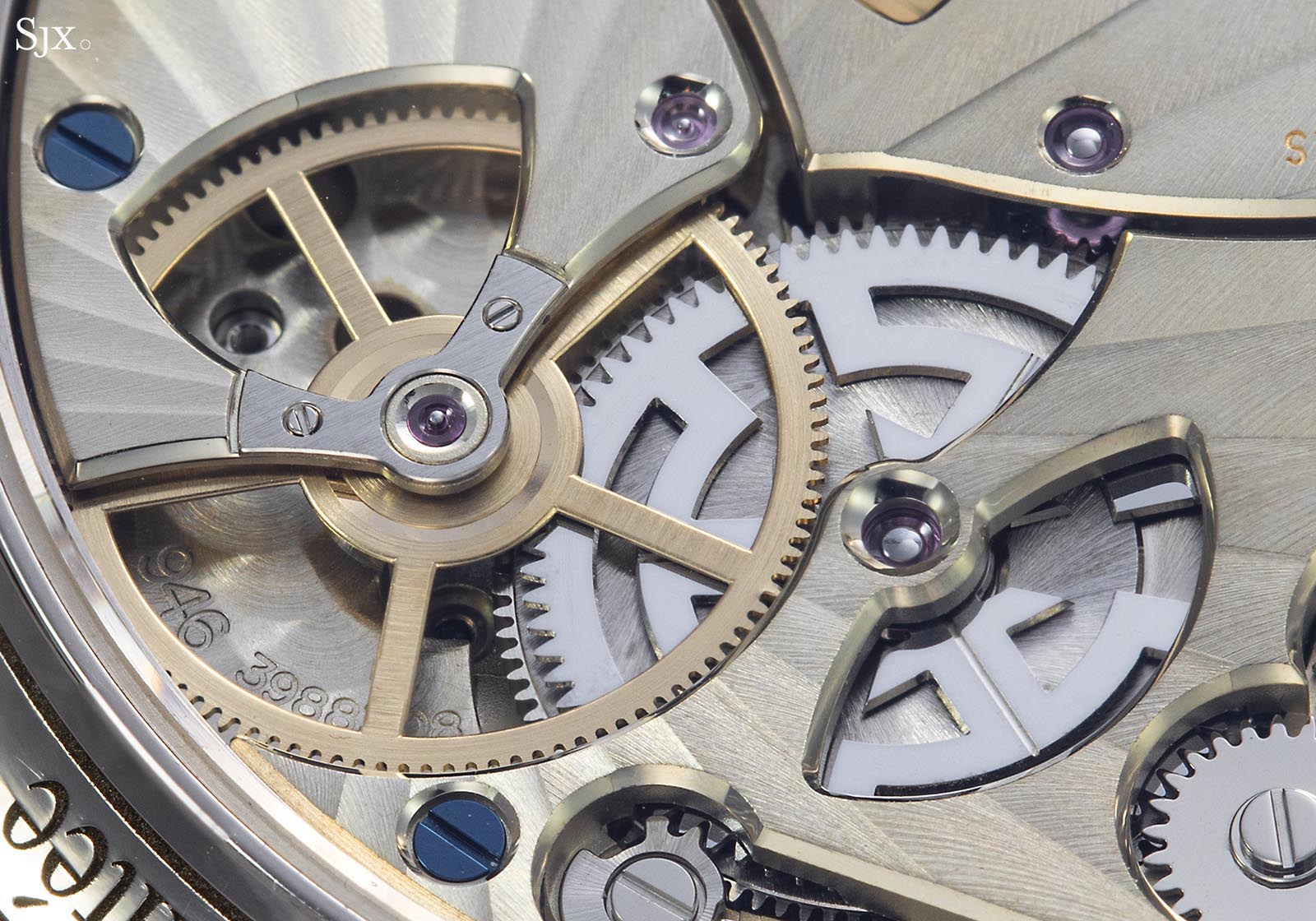
One of the more interesting design details of the movement is the ratchet wheel that winds the mainspring: it has been cut via spark erosion such that the spokes form the brand logo
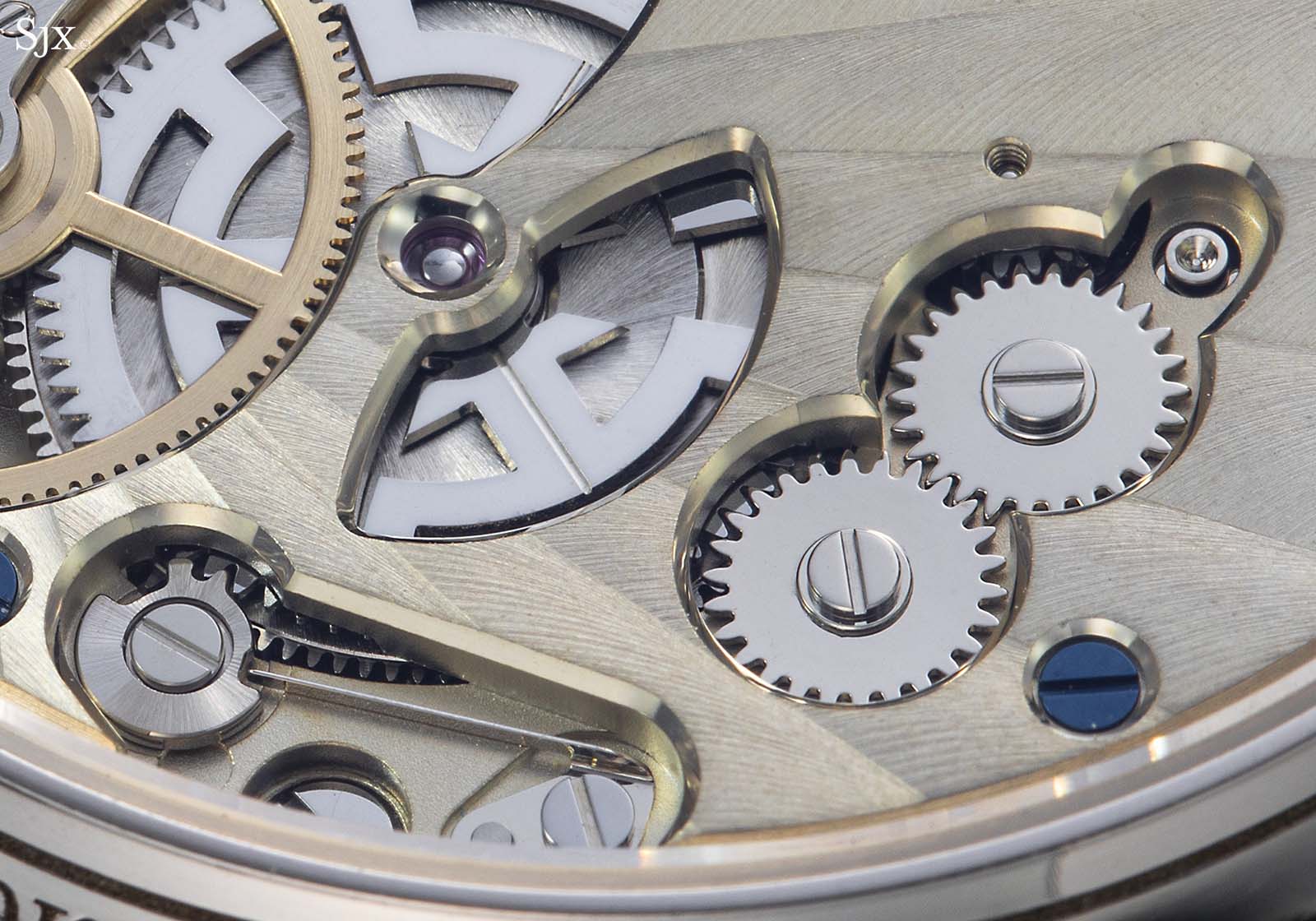
The spring for the winding click visible at the lower left is stamped, and looks slightly out of place on a high-end movement
Concluding thoughts
Jaeger-LeCoultre’s top-of-the-line watches tend to be complex but fairly predictable in function and finishing, particularly since many are powered by variations of existing movements.
Though the Master Grande Tradition Tourbillon Céleste is powered by one such movement, and is not even one of the most complex watches made by the brand, it manages to be one of the more intriguing grand complications. It combines unusual complications that don’t usually go together, but does so in a clever and appealing way.
Key Facts and price
Jaeger‑LeCoultre Master Grande Tradition Tourbillon Céleste
Ref. 5273480
Diameter: 43 mm
Height: 13.42 mm
Material: 18k white gold
Water resistance: 50 m
Movement: Cal. 946
Functions: Hours and minutes; Zodiac calendar, sidereal time, 24-hour display, day, month, orbital flying tourbillon
Winding: Hand-wound
Frequency: 28,800 beats per hour (4Hz)
Power reserve: 45 hours
Limited edition: 28 pieces
Availability: On request, at both boutiques and retailers
Price: €155,000, or 248,000 Singapore dollars
For more, visit Jaeger-lecoultre.com.
Back to top.

